I N S E C T S O U P
The Brief
Food is an important part of everyday life, however it is becoming unsustainable due to habits of eating out, not buying locally produced food, packaging and amounts of food wastage. The brief entailed of choosing an activity and one typology to be the basis of the project. I chose eating (activity) and school.
For my design I wanted to create a space where people try the unordinary and discover new foods. As the users of my design were low-income families, I decided on insects as they are easy to grow and require little materials and space.
The insects I decided on were crickets and mosquitoes. Crickets were chosen due to their protein levels, required climate and due to the sound they create. As the site had an existing pond located in a glass box, mosquitoes were chosen as this is their ideal space. The glasshouse had the potential to act as a greenhouse which would help keep temperatures to the mosquitoes preference.
Insects are known to not have much flavour when eaten alone, so flavouring is required. In order to provide a flavour British herbs would be grown in the space. These were selected as insects are widely eaten across the world, but are very uncommon in the UK. The British herbs would provide a cultural twist to the insects
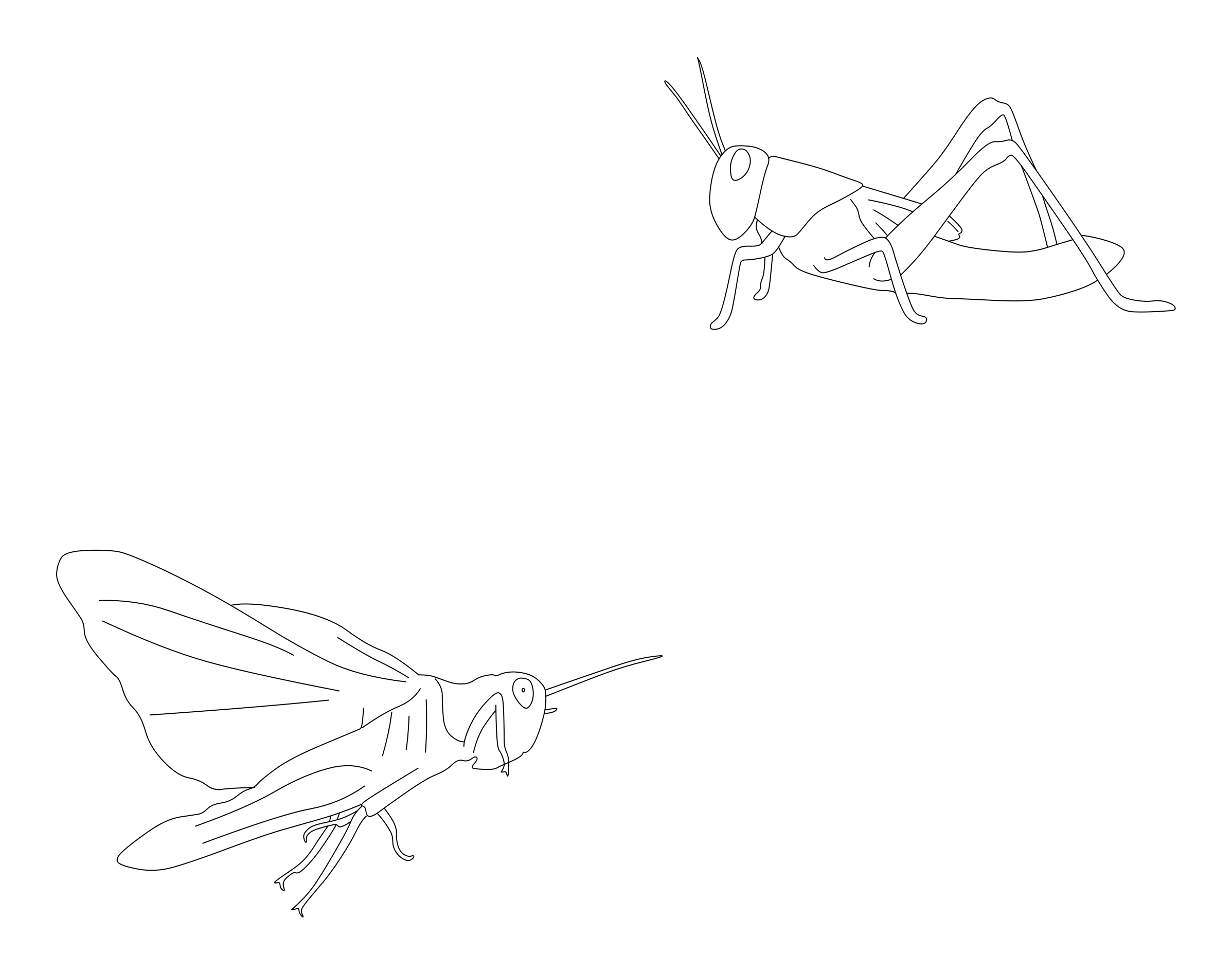
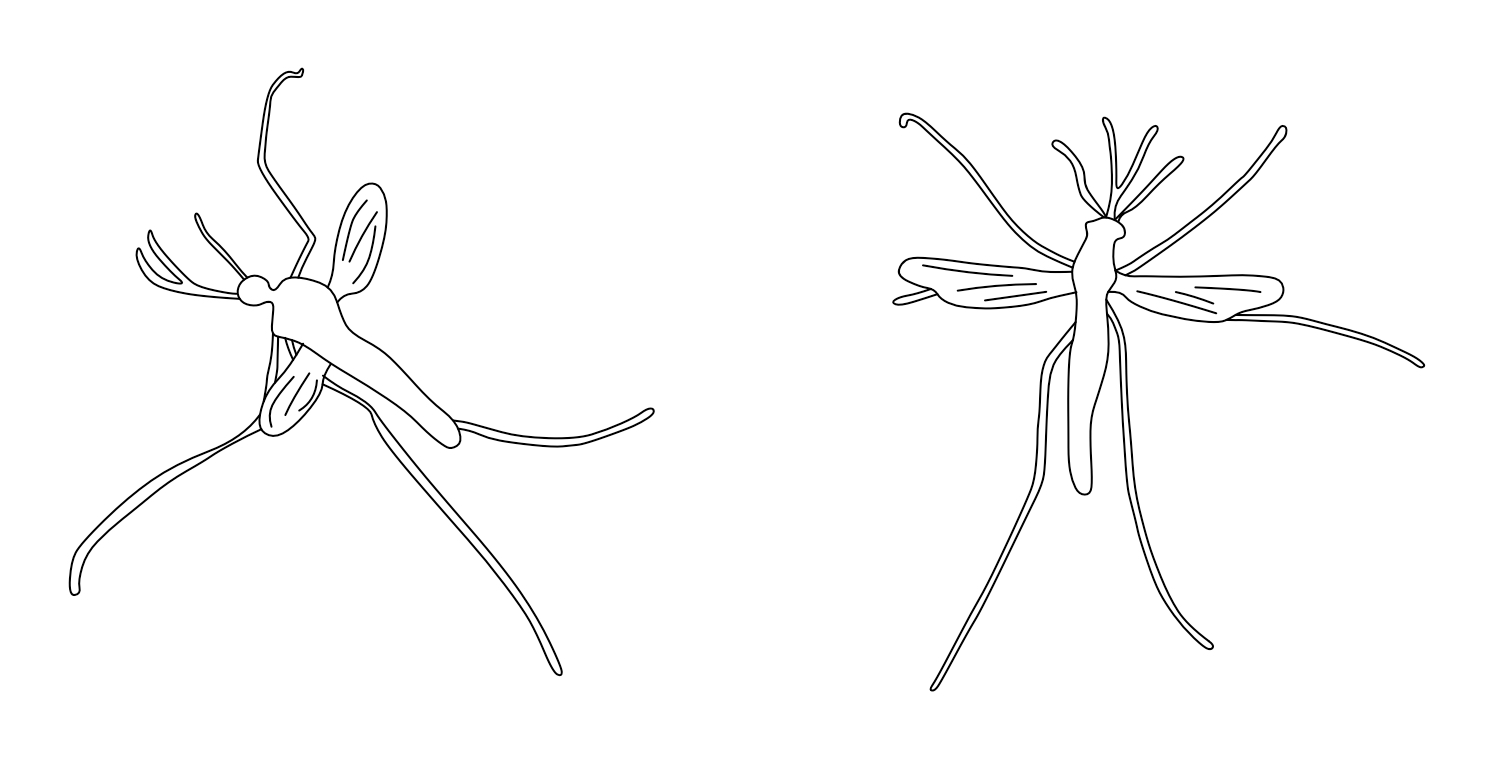
Site Research
To carry out and gather sufficient site research, you have to become a ‘Design Detective’.
This involves discovering new methodology alongside current knowledge and research in order to find out everything about a site. These may include previous occupancy, history, materiality, culture and changes overtime.
I carried out various methodology techniques when producing my site research of the Low-Line. These included of photography, sound recordings, film, site writing, sketches, collage, mapping and online research.


This map shows the route of the Low-Line. The pink lines highlight the railway tracks, and the grey maps out the main surrounding streets. Important landmarks in the area are marked out, including railway and underground stations, and key areas along the Low-Line.
This collage shows different materiality across the Low-Line. The majority was brick. One wall located round the back of a building had a pattern created from grout which appeared to be in a similar shape to the Low-Line map, this is shown from the line over the photographs.

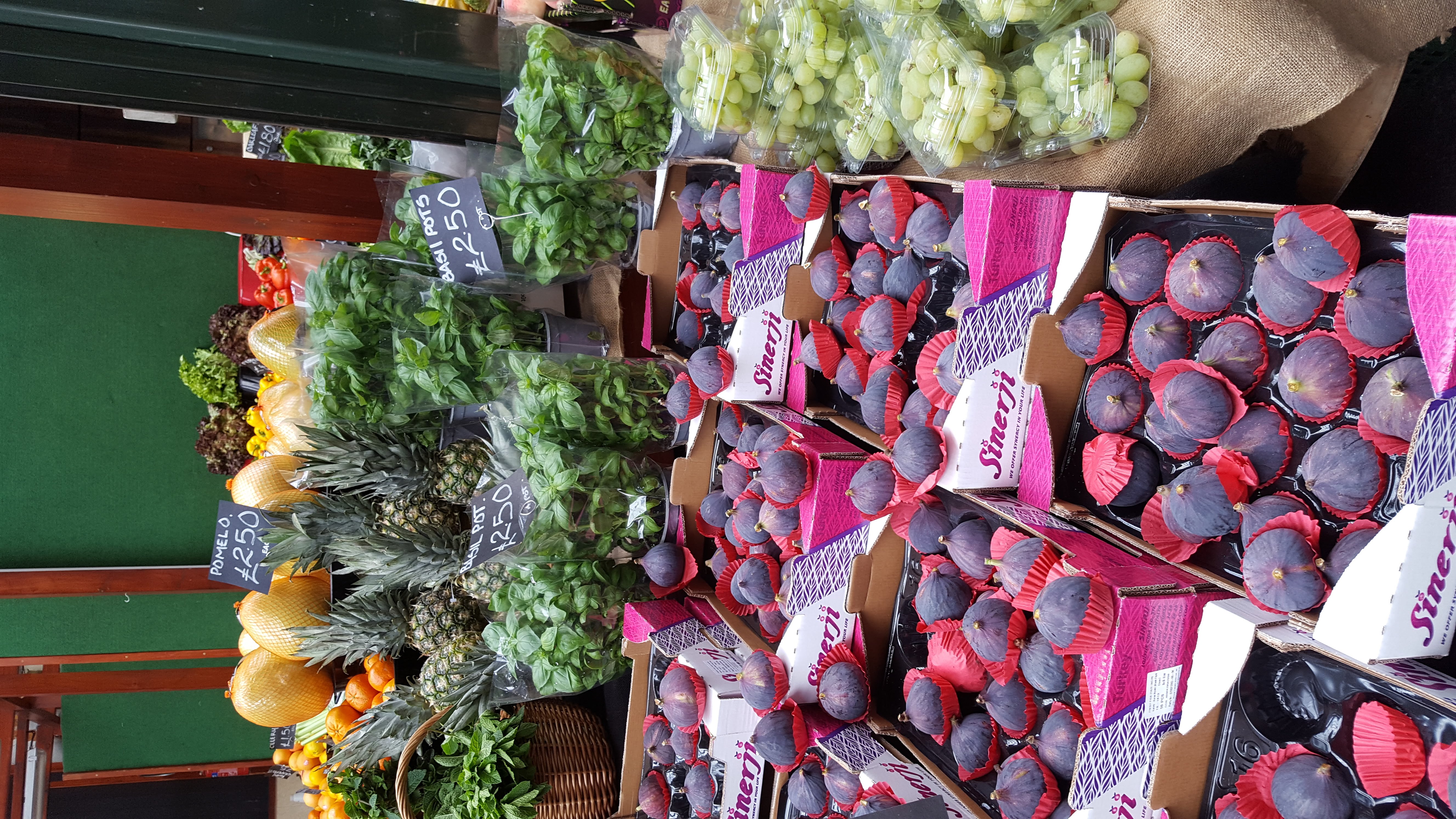
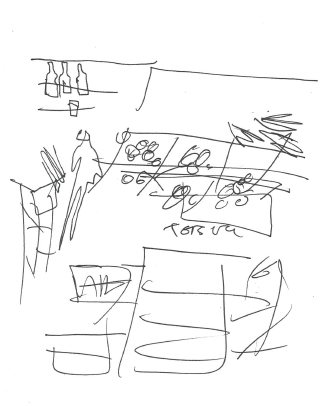
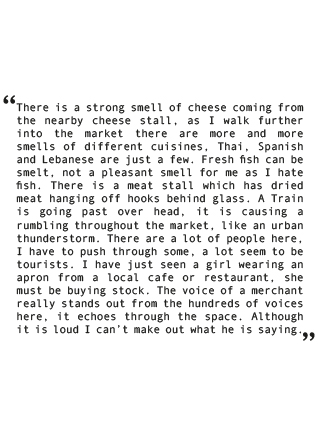

Borough market has been serving Southwark for over 1000 years, it is London’s oldest market but still serves as much purpose as it did all those years ago. Borough Market is an independent institution owned by a charitable trust and run by a board of volunteer trustees.
In 2016 Borough Market won loo of the year in the market category.
The area is at the heart of the Low-line and has been a key part of London ever since the market opened.
Whilst here a blind drawing, freefall writing and sound map were produced.
The blind drawing shows a fruit and vegetable stall near one of the entrances for Borough Market.
The freefall writing exercise allowed me to explore as many senses as possible (sight, smell, touch, sound, taste) within the area. One phrase I liked from my site writing was ‘urban thunderstorm’; this was describing the sound of a train passing over Borough Market.
A sound map shows the spread of sound in the area.
The figure in the middle of the circle represents where I was stood. The mapped out lines show the railway tracks which run over the area of Borough Market where the sound map was taken. The other icons represent the source of the sound, for example the foot steps refer to people walking and the market represents a sales man. The bigger the icon the louder the sound. The larger the spread of the purple rings, the further sound travelled.
In 2016 Borough Market won loo of the year in the market category.
The area is at the heart of the Low-line and has been a key part of London ever since the market opened.
Whilst here a blind drawing, freefall writing and sound map were produced.
The blind drawing shows a fruit and vegetable stall near one of the entrances for Borough Market.
The freefall writing exercise allowed me to explore as many senses as possible (sight, smell, touch, sound, taste) within the area. One phrase I liked from my site writing was ‘urban thunderstorm’; this was describing the sound of a train passing over Borough Market.
A sound map shows the spread of sound in the area.
The figure in the middle of the circle represents where I was stood. The mapped out lines show the railway tracks which run over the area of Borough Market where the sound map was taken. The other icons represent the source of the sound, for example the foot steps refer to people walking and the market represents a sales man. The bigger the icon the louder the sound. The larger the spread of the purple rings, the further sound travelled.
A conceptual model was made after the visit to Borough Market. I used my experience and discoverie to create the different aspects of the model.
The orange figures have the ability to move, to represent Borough Market at different times of day, as well as the density and spread of sound. Each figure has an individual carving to show the diverseness of visitors and users of the market.
The copper coated rod is shaped to the junction of the train track above Borough Market.
The string represents the flow of sound and the connection between the different stalls and cultures located in the market.
The orange figures have the ability to move, to represent Borough Market at different times of day, as well as the density and spread of sound. Each figure has an individual carving to show the diverseness of visitors and users of the market.
The copper coated rod is shaped to the junction of the train track above Borough Market.
The string represents the flow of sound and the connection between the different stalls and cultures located in the market.

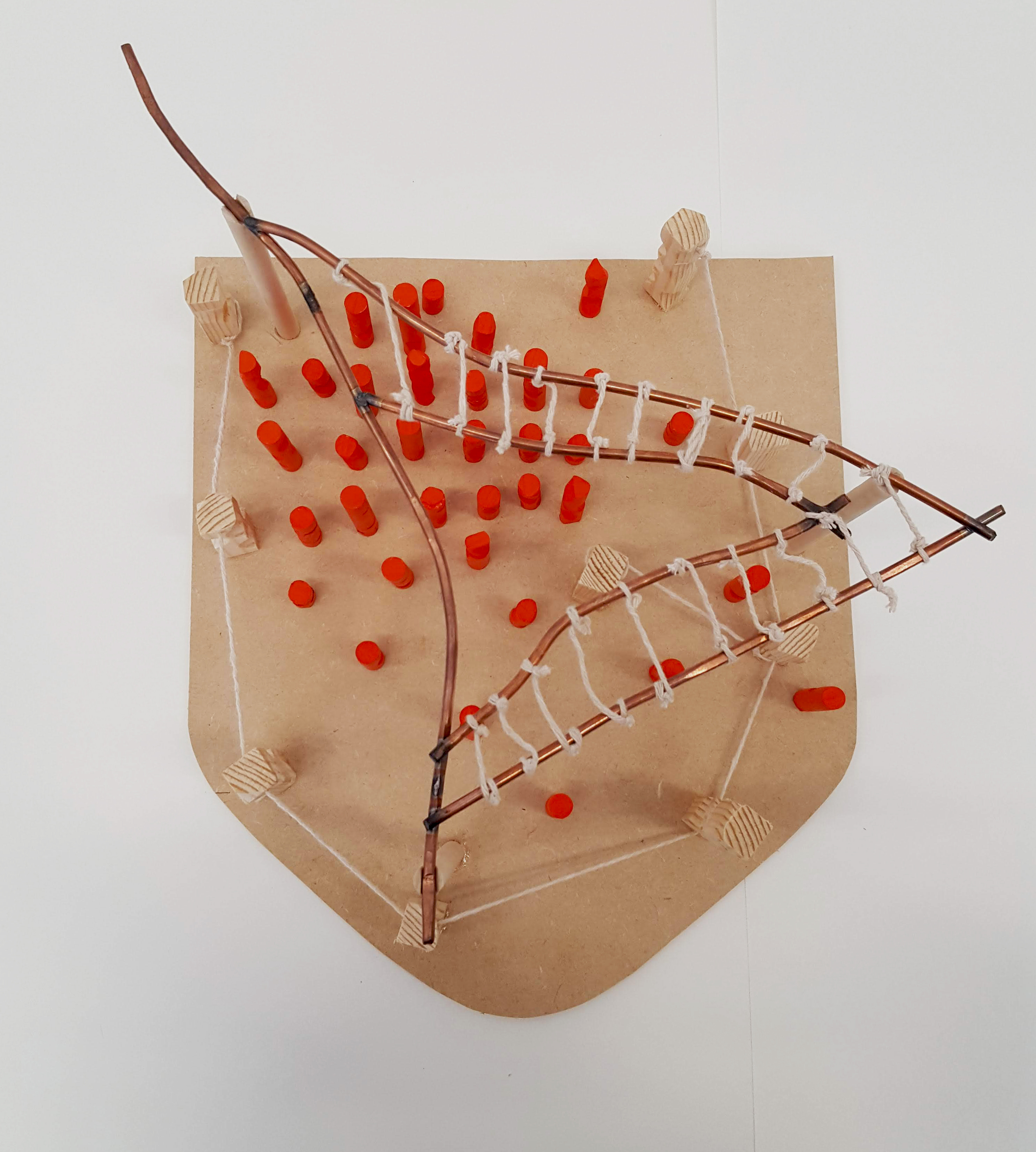
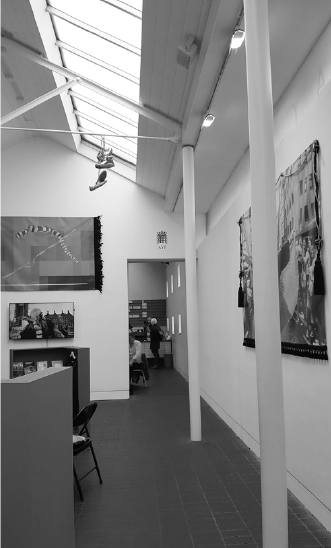
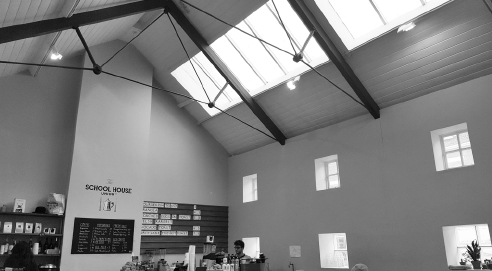
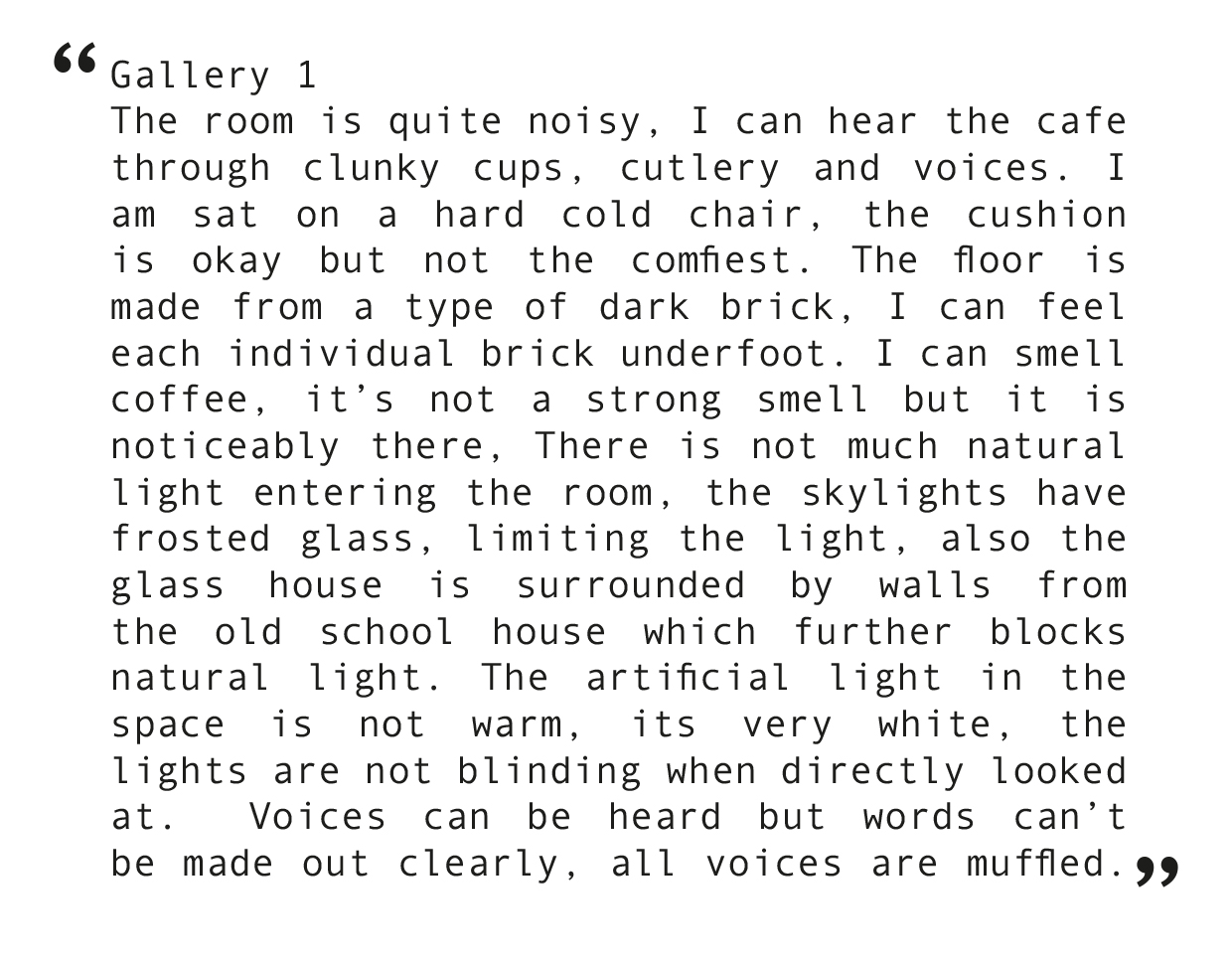
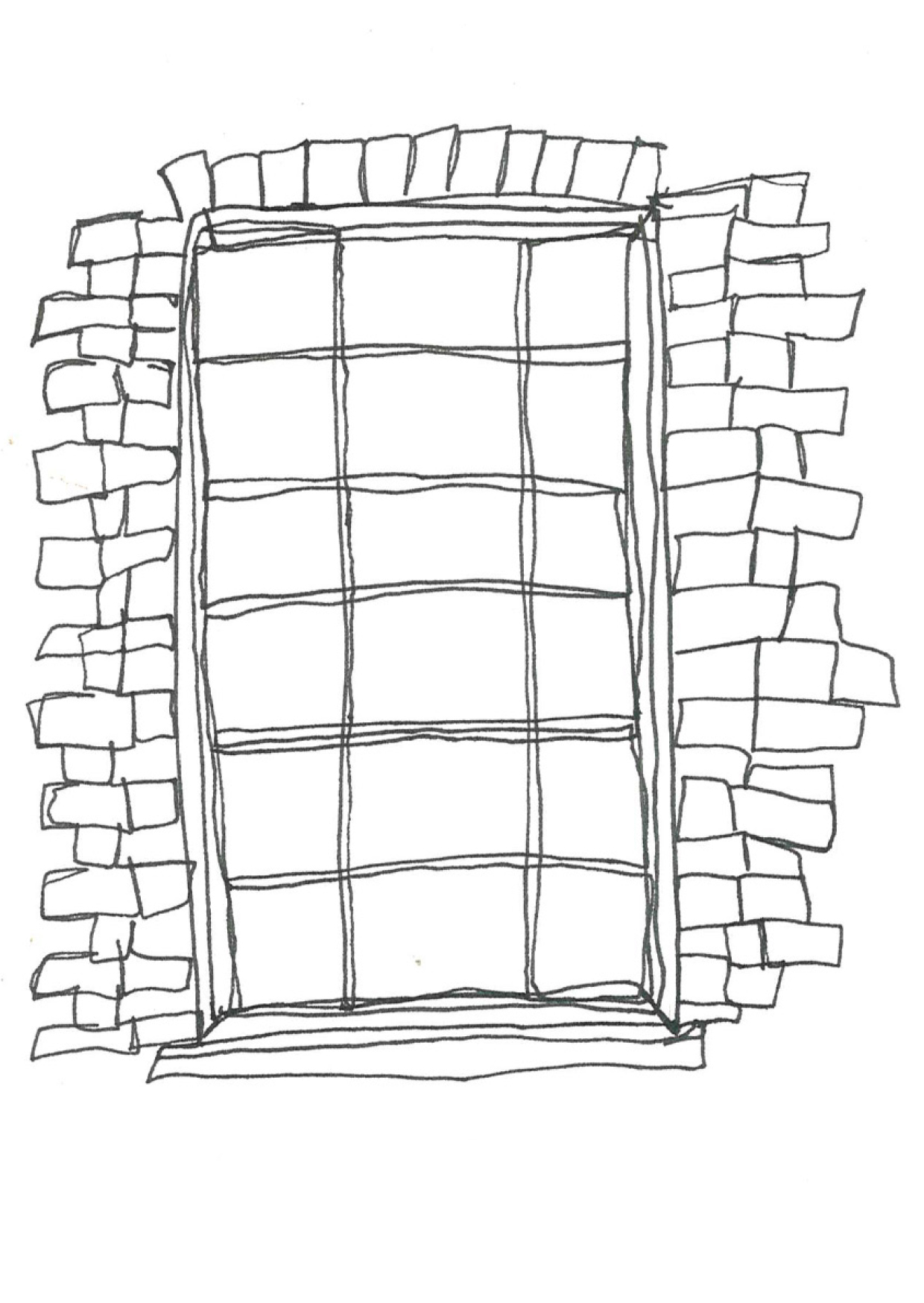

Jerwood Space:
The Jerwood space is a multi-use venue, with various facilities to hold art work, meetings and rehearsals. The purpose of Jerwood Space is to benefit emerging artists and companies, however they have two rooftop available for businesses to use for meetings.
Jerwood Arts:
Jerwood arts is dedicated to supporting UK artists, curators and producers to help them develop and create a name in the industry. They offer opportunities for people across all art forms to showcase their work in the galleries at Jerwood and other venues across London.
Gallery 1 of the Jerwood space was further explored through free-fall writing.
The Jerwood space is a multi-use venue, with various facilities to hold art work, meetings and rehearsals. The purpose of Jerwood Space is to benefit emerging artists and companies, however they have two rooftop available for businesses to use for meetings.
Jerwood Arts:
Jerwood arts is dedicated to supporting UK artists, curators and producers to help them develop and create a name in the industry. They offer opportunities for people across all art forms to showcase their work in the galleries at Jerwood and other venues across London.
Gallery 1 of the Jerwood space was further explored through free-fall writing.
Design Process
The design process involved a significant amount of research on case studies, herbs, what insects are edible and existing bug-related recipies.
I also visited the FOOD exhibition held at the V&A which provided an interesting view on the process of food as well as sustainability.
During the design process I created a series of plaster experiments which contained a variety of herbs, seasonings and insects
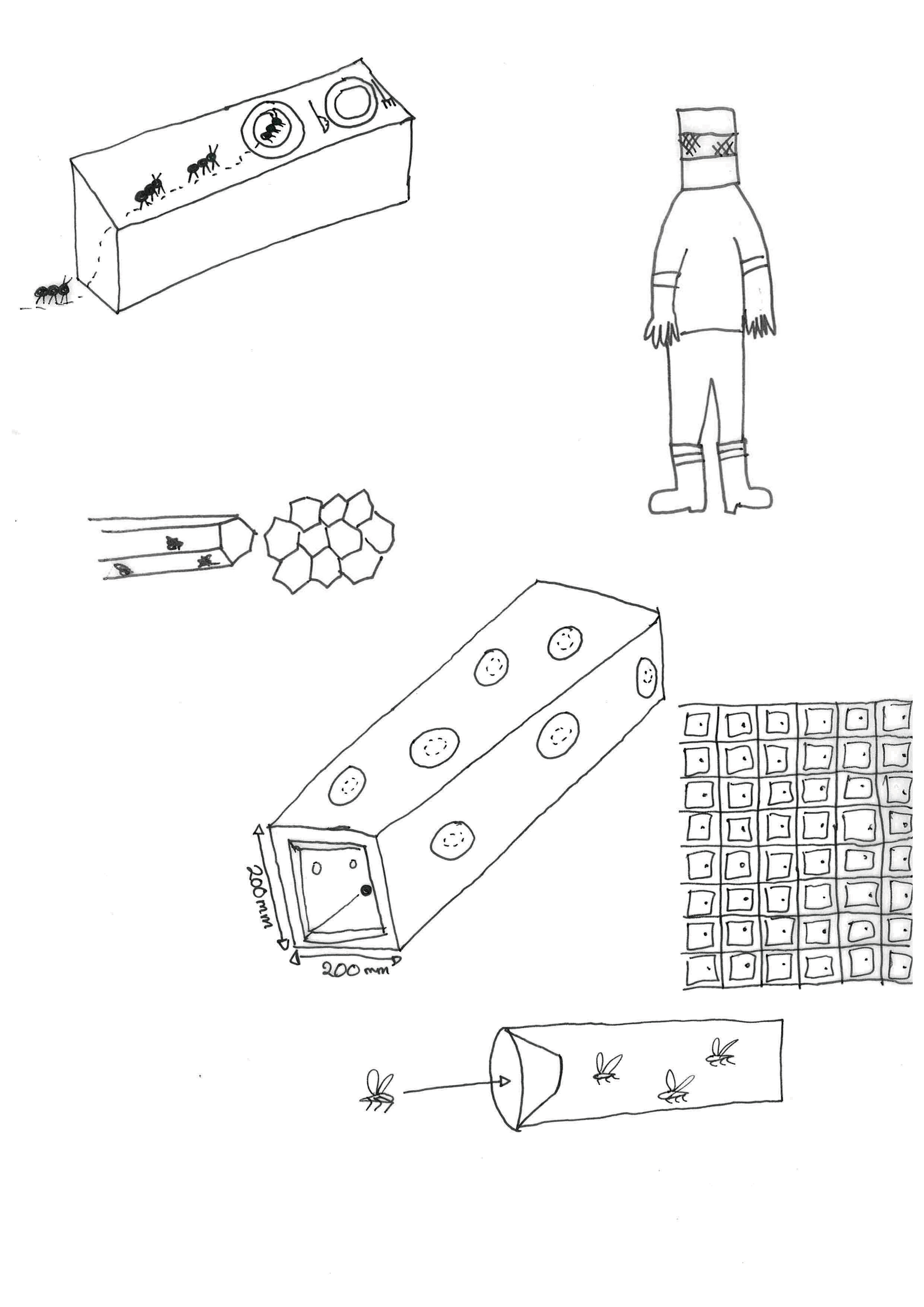
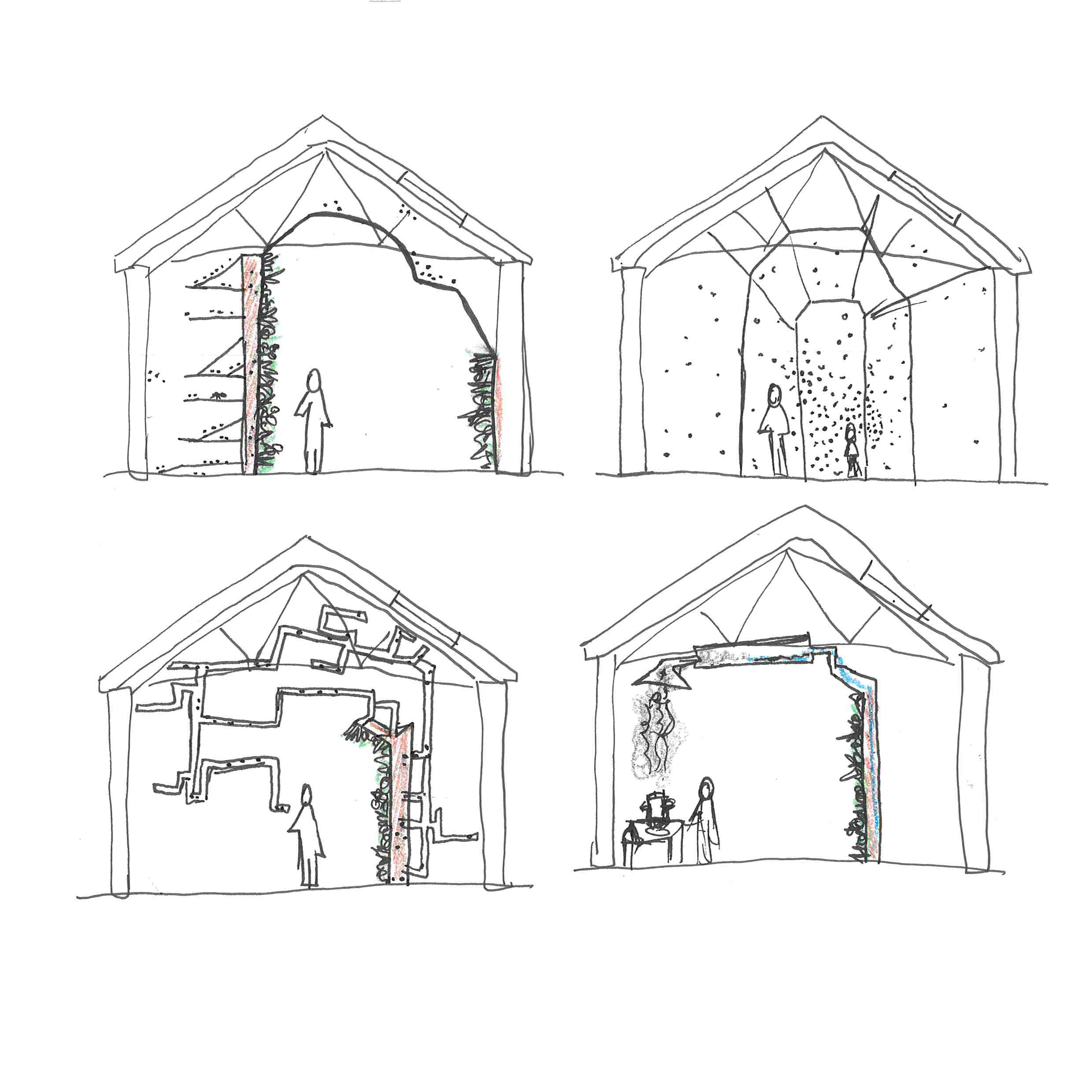
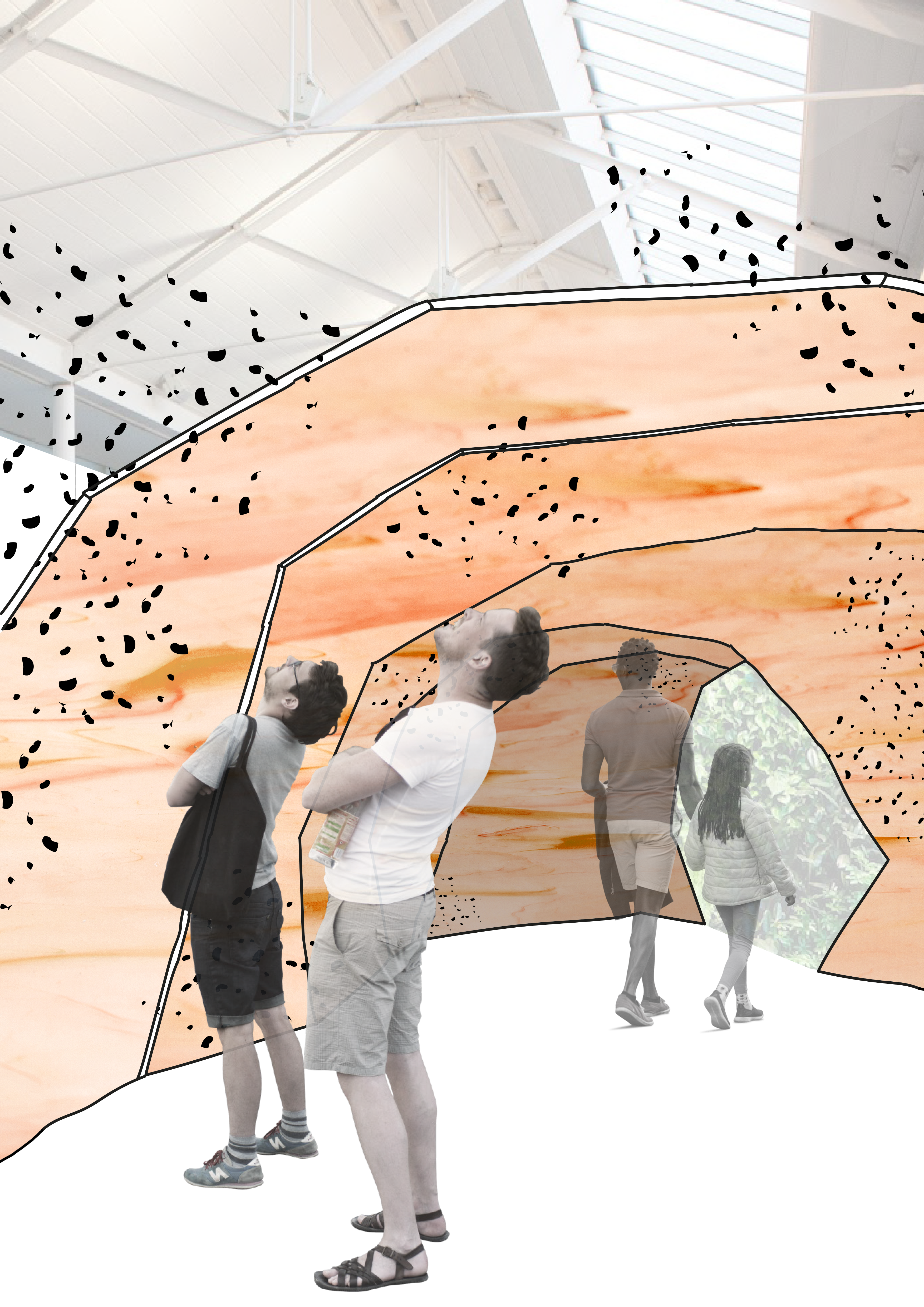
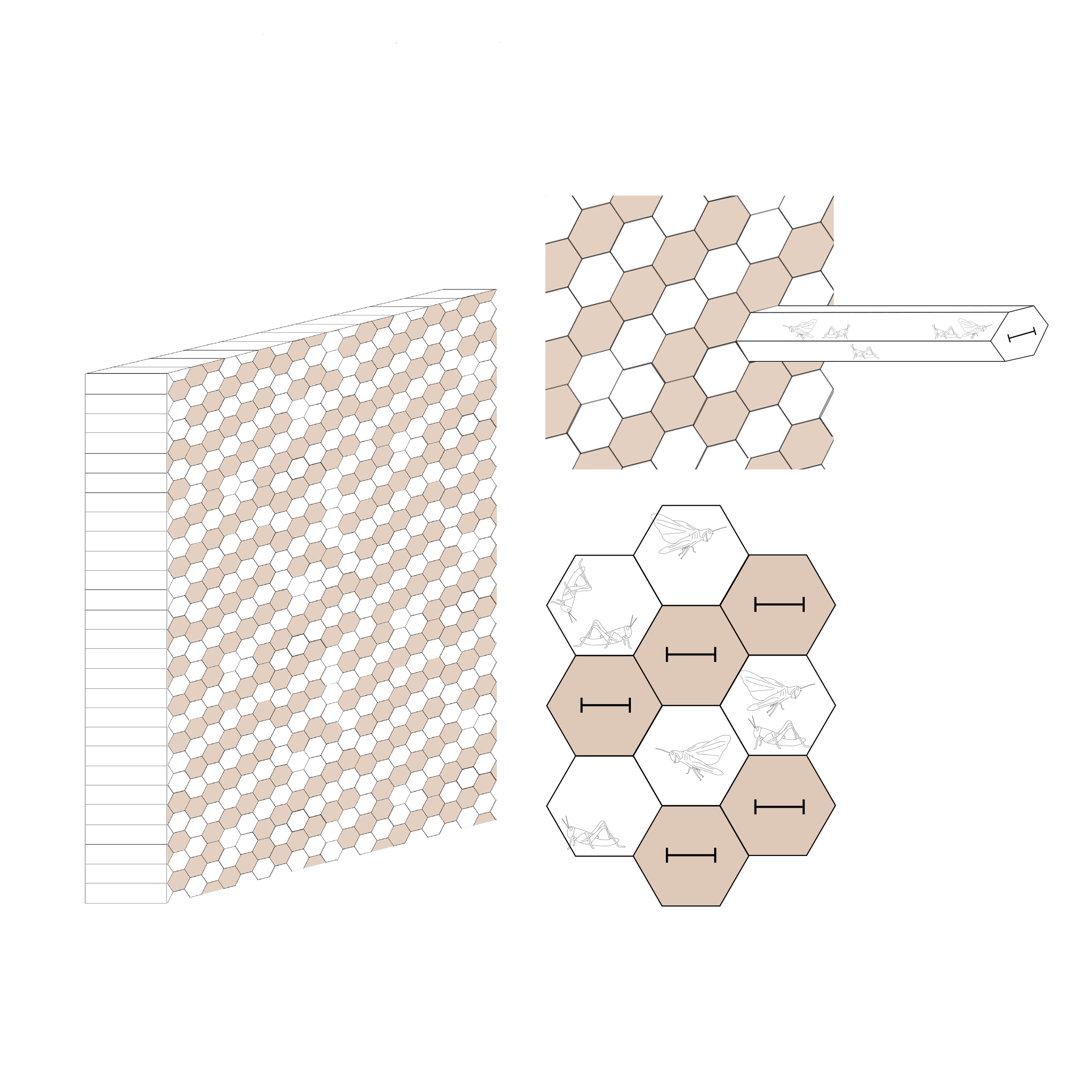

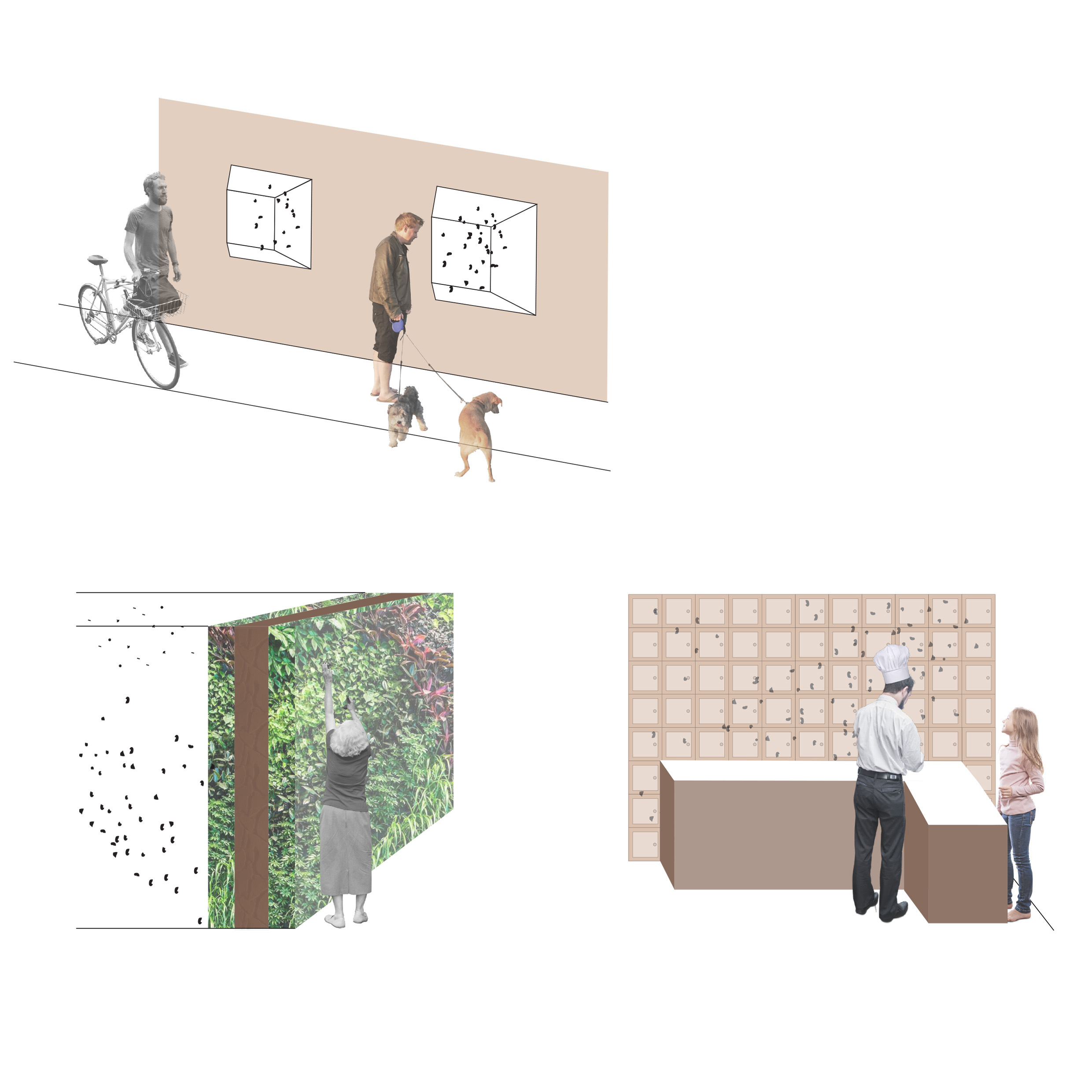
The Design
The final design puts the humans inside the the mesh container, whilst the insects roam free on the outside.
The space will be an immsersive experience which works all senses. The herb wall will fill the air with earthy aromas, when rubbed against the sents become stronger. The insects (particually crickets) create a loud humming sound which echos throughout the site.
Central area is where the cooking happens. Families gather in this space to create a sustainable meal from the ingredients on site. The resturants in the local area take turns in sending a chef to oversee activities in the space, and to learn alongside the users to incorporate edible insects into their future.




KATHERINE DIXON - 2025
